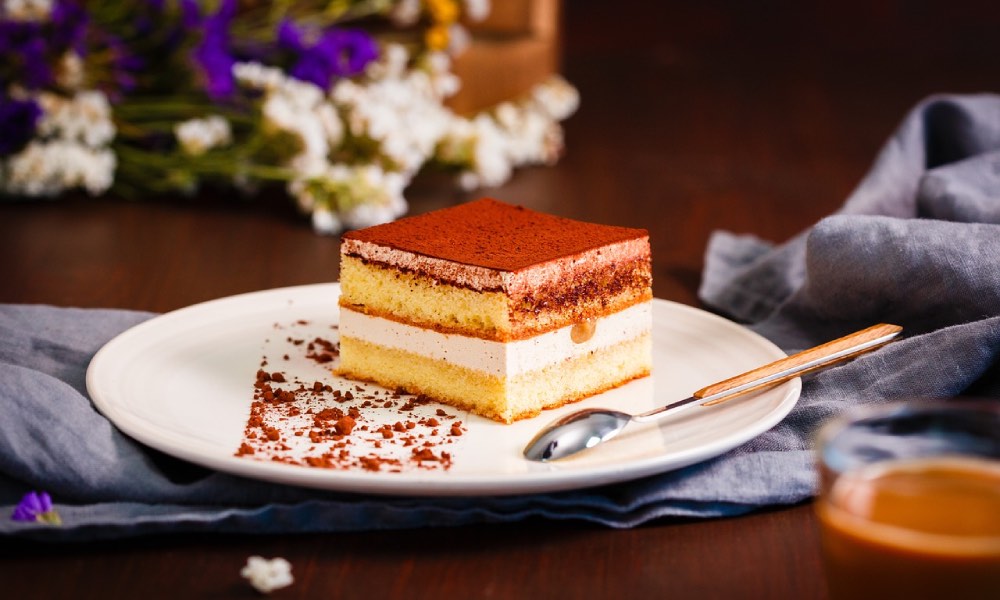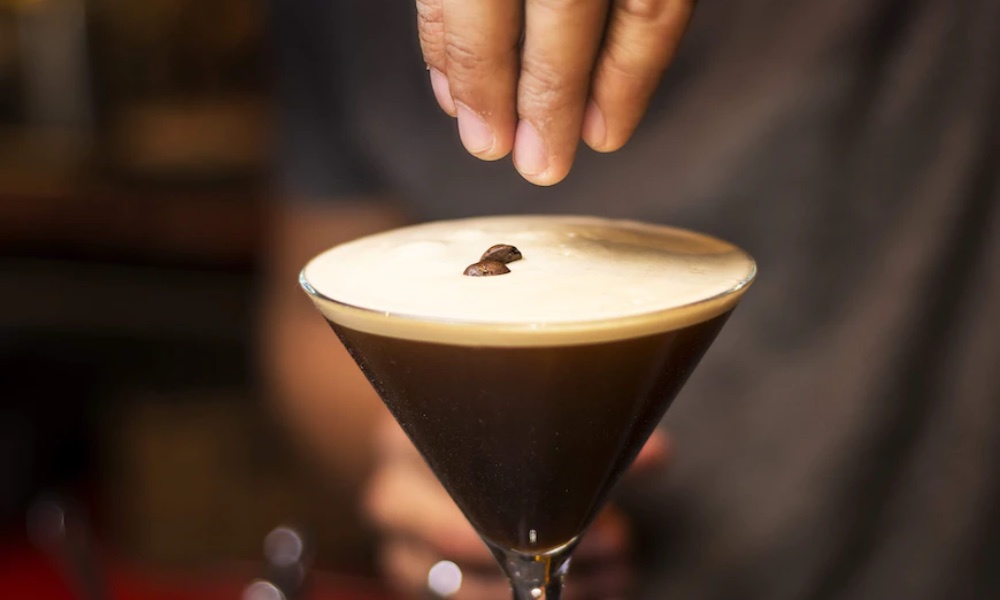Serving an after-dinner espresso is good for business
Coffee after a meal has become commonplace for many. Cocktail connoisseur Drew Pratley speaks with David Phillips about the positive effects of an after-dinner espresso, and how restaurants can best serve it.
Many hotel and restaurant guests have now come to expect a coffee following their meal. This may seem like a recipe for a bad night’s sleep, but an after-dinner espresso comes with its benefits – for the customer as well as the business.
For the customer, an after-dinner espresso provides health benefits – helping to stimulate the growth of beneficial gut bacteria through the presence of polyphenols. Polyphenols are found in plant foods and can act as natural antioxidants.
Coffee also aids digestion by stimulating more frequent muscular contractions within the gut, helping to move food waste along. Both of these effects can be attained by consuming any kind of coffee, whether caffeinated or not.
The after-dinner espresso is a tradition born in Italy – the birthplace of modern espresso. The Italians also created the affogato, a dessert in which espresso is poured over ice cream or gelato. The tiramisu, or the ‘Tuscan trifle’, is another Italian invention, which is currently enjoying its moment in the spotlight.
Drew Pratley works on the restaurant dispense bar at the Parkgate Hotel in Cardiff, and he explains: “It’s very popular to get lots of coffee orders in the restaurant after dinner.
“We do affogatos at the hotel, but they don’t come up as often. We offer a range of cocktails and liqueur coffees and they are very popular.”
From espresso martinis to white Russians, coffee cocktails can be excellent dinner accompaniments that can add value to any menu – as long as restaurants are able to produce great-tasting espresso.

How offering an after-dinner espresso can benefit restaurants
For restaurants it has become increasingly important to offer espresso, not just to expand their range of menu items, but also to improve the bottom line.
As well as being a delicious way to finish a meal, coffee also provides a high profit margin in many cases. “With a double espresso,” Drew says, “The cost price could be as low as 20p [in the UK].” He goes on to explain that it is not unusual to see a single-scoop affogato selling at close to £5.
Coffee has a gross profit margin of between 70% and 80% – higher than food, which averages 70%. Establishments choosing to serve cocktails and liqueurs can also enjoy, on average, an 80% profit margin on alcoholic drinks.
By offering coffee and cocktails, restaurants can not only diversify their menus but can also increase their revenue. “For a liqueur coffee it’s going to be more like £8 or £9, so you’re tripling the value just by adding a shot of liqueur and cream to espresso,” Drew explains.
Serving coffee can elevate a restaurant’s menu. If done well, it is a chance to serve premium coffee drinks and give customers an exclusive, stylish experience.
Coffee also allows restaurants another space to make their customers feel welcome and satisfied. “It’s those little things that make a big difference,” Drew says. “We now serve little millionaire shortbreads with our coffees and any hot drinks… it makes a big difference to the satisfaction ratings of our customers.”
In an NPD customer satisfaction survey, 70% of customers who had hot coffee included with their meal said they were extremely or very satisfied with their overall experience. For those who did not have coffee, the satisfaction rating was 65% – showing how serving coffee can boost the customer experience.

Making after-dinner espresso manageable
To ensure ongoing customer satisfaction, it is essential to provide consistently high-quality coffee – an even harder task in high-volume restaurants. Teams need the skills to be able to deliver coffee that is up to standard, but in an industry with a traditionally high staff turnover rate, regular training can be costly.
Brewing espresso takes time and careful preparation. With a diverse coffee menu, especially in a busy restaurant, serving a customer’s after-dinner espresso may become a pressure point.
When diners begin to finish their meals, Drew recalls how orders can quickly accumulate. “Particularly with coffee cocktails, once the room sees an espresso martini, more orders start to come in,” he says.
One of the main pressure points is the speed at which Drew can prepare fresh espresso. “It is not an automated machine,” he explains. Referring to espresso machines that require portafilters, he says: “This is the old school, classic coffee machine with which you can only go at a certain pace.”
In recent years, however, there have been massive developments for superautomatic coffee machines. For example, Carimali’s SilverAce can produce a wide variety of beverages. With four hoppers, restaurants can retain variety on their menus, as well as serve their customers an after-dinner espresso.
For businesses wanting to serve coffee while maintaining the speed of service, menu variety, and quality control, machines like the SilverAce provide an excellent solution. With minimal staff training required, restaurants can still enjoy the benefits of serving coffee.
Superautomatic machines can bridge the gap between a lack of capacity to train staff, and the after-dinner espresso that many customers are searching for.
Whichever way it is brewed, coffee is a base around which restaurants can expand a menu – enriching the dining experience and bringing greater satisfaction to customers.







